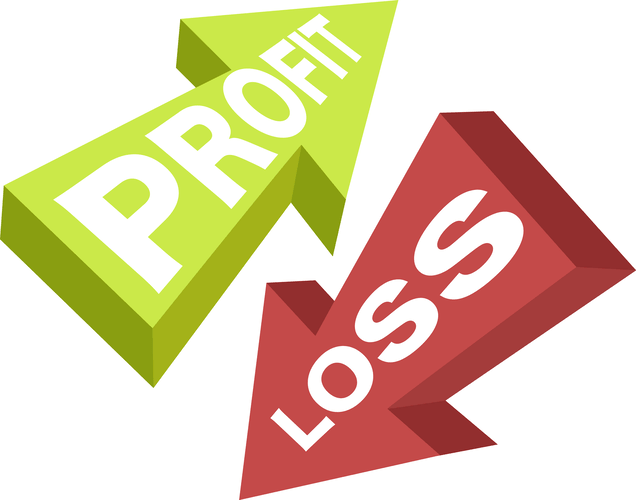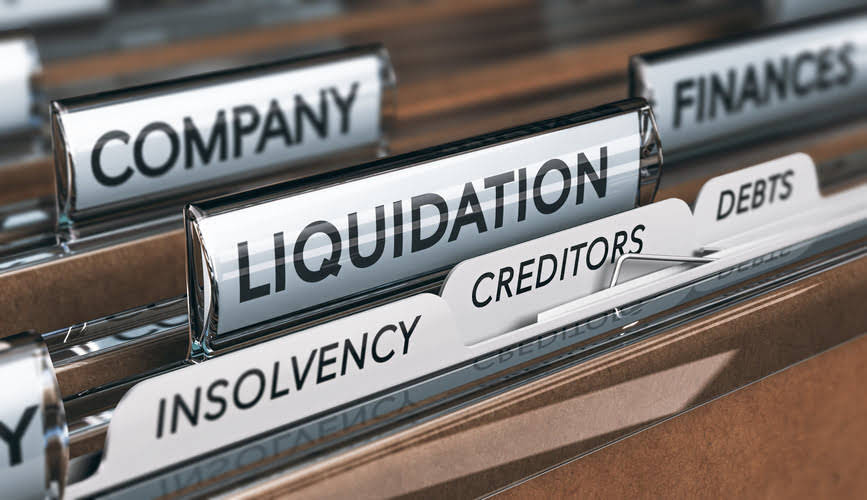
Liabilities with a known dollar amount are those that he will be required to cover. For example, an arrangement, a contract, or the law may produce these liabilities. Owners are personally liable for all business debts, risking personal assets. Force majeure is French for ‘superior force.’ In contracts, it refers to unforeseeable events.
Intrinsic Value vs. Current Market Value: What’s the Difference?
- Liabilities appear on the right side of a company’s balance sheet, indicating financial obligations that must be paid off, impacting overall financial health and liquidity.
- For example, A company might go for long-term loans if the market is in its favor.
- Liability may also refer to the legal liability of a business or individual.
- A party will generally be bound by a contract it has signed, or if it has clicked to accept online terms1.
- The relationship between assets and liabilities is fundamental in determining an entity’s net worth.
Unless (in each case) the clause satisfies the reasonableness test. A term that is “unfair” is not binding on the consumer, and the consumer can treat it as struck out of the contract. The remainder of the contract will stand if it is capable of doing so according to the usual principles of severability. Our mission is to empower readers with the most factual and reliable financial information possible to help them make informed decisions for their individual needs. Finance QuickBooks Strategists is a leading financial education organization that connects people with financial professionals, priding itself on providing accurate and reliable financial information to millions of readers each year. Because liabilities are outstanding balances, they are considered to work against the overall spending power of a company.

Review and Comparison: GnuCash vs. Other Accounting Software
- It can appear like spending and liabilities are the same thing, but they’re not.
- Before this process commences, the executives of a company will deliberate on its financial state.
- Liability can also refer to one’s potential damages in a civil lawsuit.
- Liabilities are listed on a company’s balance sheet and expenses are listed on a company’s income statement.
- Even assuming that the contract is in place, an unusual or onerous exemption clause may fail if it is not given a sufficient degree of prominence to put the other party on notice.
- And if your business does have debt, you’re going to have liabilities.
Under U.S. Generally Accepted Accounting Principles (GAAP), some contingent losses may be reported on the balance sheet and income statement, while others are only disclosed in the footnotes. Here’s an overview of the rules for properly identifying, measuring and reporting contingencies to provide a fair and complete picture of your company’s financial position. Basically, these are any debts or obligations you have that need to get paid within a year. It’s important to keep a close eye on your current liabilities to help make sure that you have enough liquidity from your current assets. This is to help guarantee that any debts or obligations your business has can get met.

Equity

These obligations may arise due to specific situations and conditions. While dealing with a liability account it is important to know that it would always carry a credit balance. This insights and his love for researching Law Firm Accounts Receivable Management SaaS products enables him to provide in-depth, fact-based software reviews to enable software buyers make better decisions.
Where are Liabilities recorded on a balance sheet?

If the liabilities are more, the working capital of the company is reduced. A normal operating cycle what are liabilities in accounting is the time frame needed to convert money to raw materials, finished products, sales, accounts receivable, and money back again. Smart business owners prioritize keeping assets above liabilities. If you want to check the financial performance of a company in relation to assets and liabilities, check the balance sheet.
- The remainder of the contract will stand if it is capable of doing so according to the usual principles of severability.
- Different types of liabilities are listed under each category, in order from shortest to longest term.
- Financing leasing allows companies to use assets without immediate full payment, spreading costs over time.
- The higher it is, the more leveraged it is, and the more liability risk it has.
- All such information is provided solely for convenience purposes only and all users thereof should be guided accordingly.
Here is a list of some of the most common examples of contingent liabilities. Here is a list of some of the most common examples of non-current liabilities. Liabilities are the commitments or debts that a company will eventually have to pay, whether in cash or commodities. It could be anything, from repaying its investors to paying a courier delivery partner just a modest sum. Liabilities are an effective way of getting money and is preferred over raising capital using equity. Though taking up these finances make you obliged as you owe someone a significant amount, these let you accomplish the tasks more smoothly in exchange for repayments as required.
